Well, we are trying to analyze the following circuit:

simulate this circuit – Schematic created using CircuitLab
When we use and apply KCL, we can write the following set of equations:
$$
\begin{cases}
\begin{alignat*}{1}
\text{I}_0&=\text{I}_1+\text{I}_4\\
\\
\text{I}_1&=\text{k}\cdot\text{I}_4+\text{I}_2\\
\\
\text{I}_3&=\text{I}_2+\text{I}_4\\
\\
\text{I}_0&=\text{k}\cdot\text{I}_4+\text{I}_3
\end{alignat*}
\end{cases}\tag1
$$
When we use and apply Ohm's law, we can write the following set of equations:
$$
\begin{cases}
\begin{alignat*}{1}
\text{I}_1&=\frac{\displaystyle\text{V}_1-\text{V}_2}{\displaystyle\text{R}_1}\\
\\
\text{I}_2&=\frac{\displaystyle\text{V}_2-\text{V}_3}{\displaystyle\text{R}_2}\\
\\
\text{I}_3&=\frac{\displaystyle\text{V}_3}{\displaystyle\text{R}_3}
\end{alignat*}
\end{cases}\tag2
$$
We also know that \$\displaystyle\text{V}_3-\text{V}_1=\text{n}\cdot\left(\text{V}_2-\text{V}_3\right)\$.
Using \$(2)\$ we can rewrite \$(1)\$ as follows:
$$
\begin{cases}
\begin{alignat*}{1}
\text{I}_0&=\frac{\displaystyle\text{V}_1-\text{V}_2}{\displaystyle\text{R}_1}+\text{I}_4\\
\\
\frac{\displaystyle\text{V}_1-\text{V}_2}{\displaystyle\text{R}_1}&=\text{k}\cdot\text{I}_4+\frac{\displaystyle\text{V}_2-\text{V}_3}{\displaystyle\text{R}_2}\\
\\
\frac{\displaystyle\text{V}_3}{\displaystyle\text{R}_3}&=\frac{\displaystyle\text{V}_2-\text{V}_3}{\displaystyle\text{R}_2}+\text{I}_4\\
\\
\text{I}_0&=\text{k}\cdot\text{I}_4+\frac{\displaystyle\text{V}_3}{\displaystyle\text{R}_3}
\end{alignat*}
\end{cases}\tag3
$$

